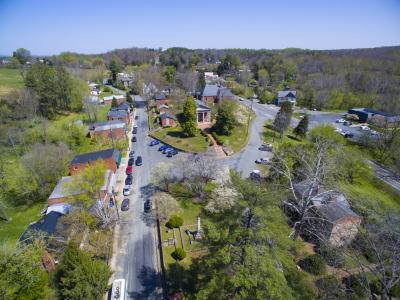-
YourGovernment
-
Column 1
- Board of Supervisors
- Boards/Commissions
- Agendas/Minutes
- County Code
- Freedom of Information Act (FOIA)
- Local Elected Officials
- Policies and Forms
- Public Hearings
- 2020 Residents Survey
Column 2
- Departments
- Administration
- Animal Control
- Children's Services (CSA)
- Clerk of the Circuit Court
- Commissioner of the
Revenue - Commonwealth's Attorney
- Community Development
- Building Inspections
- Planning & Zoning
- Cooperative Extension
- County Attorney
- Economic Development
Column 3
-
-
CountyServices
-
Column 1
- About
- 2016 Report to Citizens
- Directions to Palmyra
- Fluvanna Quick Facts
- Fluvanna History
- Public Facilities Map
- Privacy Policy
- County Calendar
- Community Resources
Guide - EMS Billing
- Solid Waste & Recycling
- Business Directory
Column 2
- Human Services
- Fair Housing
- Blue Ridge Health District
- Rx Card Program
- Senior Resources
- Social Services
- Veterans Services
- Library
- Public Safety
- Emergency Services
- Emergency Alert System
- Sheriff's Office
Column 3
-
- Focus onBusiness
-
WelcomeVisitors
-
Column 1
- About
- 2016 Report to Citizens
- Directions to Palmyra
- Fluvanna Quick Facts
- Fluvanna History
- Fluvanna Interactive Map
- Privacy Policy
- County Calendar
- Public Facilities Map
- Community Resources
Guide - Business Directory
- Public Hearings
Column 2
- Community
- Arts & Culture
- Community Events
Calendar - Community Service Award
Nomination Form - Fluvanna Volunteers
- Photo Submission Form
- Senior Resources
- Fluvanna SPCA
- Library
- Public Safety
- Emergency Services
- Emergency Alert System
- Sheriff's Office
Column 3
-
-
I WantTo...
-
Column 1
- Be Informed
- Agendas and Minutes
- County Calendar
- Emergency Alert System
- FAN Mail
- County News
- Contact the County
- My Two Cents
- Staff Directory
- Recognize
- Residents
- Employees
Column 2
- Find/View
- Budget
- County Code
- County Facilities
- County Surplus For Sale
- Court Information
- Documents & Reports
- Permits & Forms
- FAQs
- Job Openings
- Parks & Rec Registration
- 2023 Holiday Schedule
- Submitted Zoning
Applications - Reserve Commercial Kitchen
Column 3
-
Fluvanna History
The area which is now Fluvanna County was once part of Henrico County, one of the original shires of the Virginia Colony. Henrico was divided in 1727 and the Fluvanna County area became a part of Goochland County. In 1744 Goochland was divided and the area presently known as Fluvanna became a part of Albemarle County. Finally, in 1777, Albemarle County was divided and Fluvanna County established. The County was named for the Fluvanna River, the name given to James River west of Columbia. Fluvanna means "Annie's River" in honor of Queen Anne of England.
From an initial 882 "tithables," the population reached 3,300 by 1782. Columbia was formed in 1788 with Bernardsburg and Wilmington following soon after. Lyles Baptist Church was organized in 1774 and the formation of the Methodist denomination had its roots in a Conference held in Fluvanna in 1779. The "Brick Union" Church was built in 1825 for the use of Episcopalians, Methodists, Baptists and Presbyterians. The village of Fork Union grew up around the Church.
When Palmyra was made the county seat in 1828 it quickly became a thriving town after the new courthouse was completed in 1830. While Palmyra has changed and modernized over the years, it still possesses an aura of tranquility.
The Rivanna Navigation Company was organized in 1805 to improve the Rivanna. Eventually a series of locks and dams were built from Columbia to Milton, five miles below Charlottesville. The James River and Kanawaha Canal, which was completed in 1840, ran along the James on Fluvanna's southern boundary. Both canals brought prosperity to the county until they were supplanted by the railroad in 1881. There were numerous successful gold mines located in the eastern half of the county during the 1830's.
Fluvanna was defended by six militia companies during the Revolution. The county was invaded by British forces in 1781 when the Point of Fork Arsenal was destroyed. While no Civil War battles were fought in Fluvanna, Union soldiers burned mills, bridges and damaged the James River canal.
More information made be found through the Fluvanna County Historical Society.

